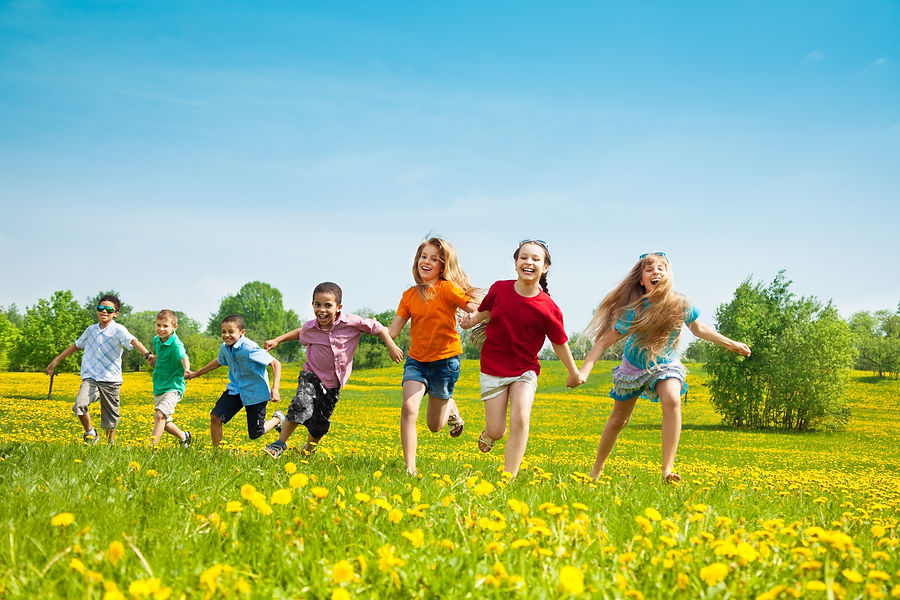
Let's Start From The Beginning Primitive Reflexes

Let’s rewind back to when your child was born, I am sure you still remember that over-whelming joy at seeing your baby rooting and sucking for the first time and how when you placed your finger in their tiny hand he/she was able to grip it tightly. These automatic stereotyped movements made by newborn babies are called primitive reflexes.
Every baby is born with a set of primitive reflexes which is their tool kit for survival and early learning during the first year of life. As a baby grows these reflexes should mature and start to weaken through movement and eventually integrate or ‘go to sleep’. This allows the postural reflexes to develop along with related motor skills like, sitting, crawling, walking, running and jumping. If, for any reason, there is a deficit of normal movement, Primitive Reflexes with their associated complication may remain, and Postural Reactions may not fully mature.
This can lead to the difficulties with not only subsequent motor development, but also visual functioning needed for reading, hand eye co-ordination needed for writing, and perceptual skills. The presence of primitive reflexes and the lack of postural reflexes provide evidence of Neuro-motor and sensory immaturity in the functioning of the central nervous system which can act as a barrier to learning and lead to behavioural problems such as concentration difficulties, frustration, poor impulse control and general under achievement. The following reflexes are the ones most often retained:
The Reflexes Explained




What Is Neuro Developmental Therapy All About
The Butterfly clinic uses the INPP method of Neuro Developmental Therapy to assess and address neuro-motor and sensory immaturity that could potentially limit their learning process and cause difficulties in sport and social situations. This method of Neuro-developmental therapy was established by Peter Blythe in 1975 and since then has helped many thousands of children in many countries world-wide overcome these difficulties.
What does a Neuro Developmental Therapy Programme involve?
The INPP Method involves carrying out physical exercises every day based on the natural movements normally made during the first year of life. These exercises help to integrate primitive reflexes, improve balance, posture, coordination and control of eye movements which support a child’s general development and progress in school. Following a detailed assessment of your child gross and fine motor skills, balance, primitive and postural reflexes, eye movements and visual perception;
(Audiometric assessment, if appropriate) your child will be given an individualised programme of exercises to carry out at home under parental supervision.
The programme takes 5-10 minutes a day over the course of approximately 18 months. Progress is reviewed at 6 weekly intervals and the exercises adapted according to progress. Key elements of the programme are regularity, repetition and duration.
